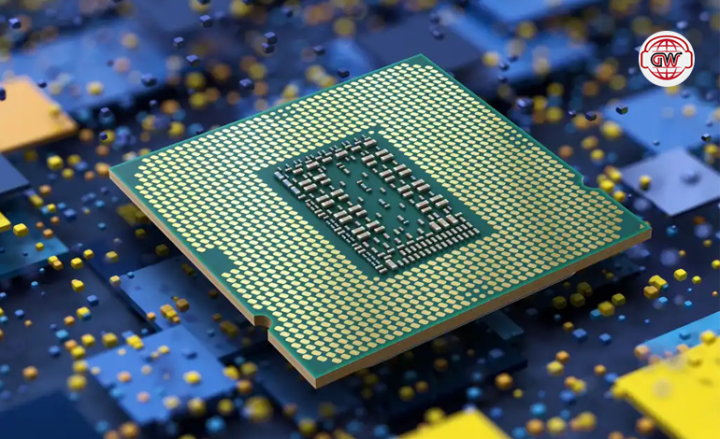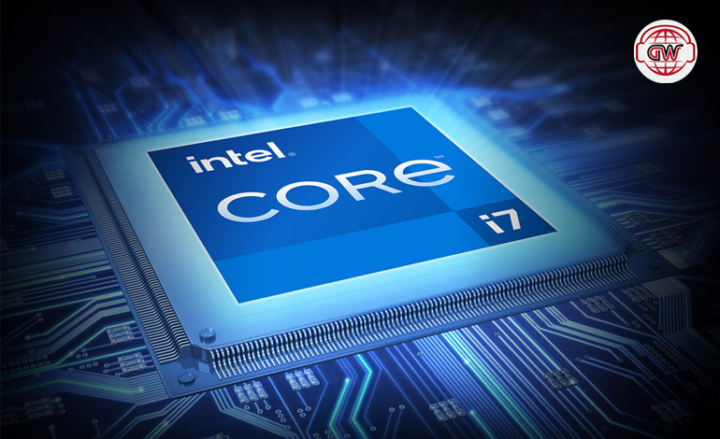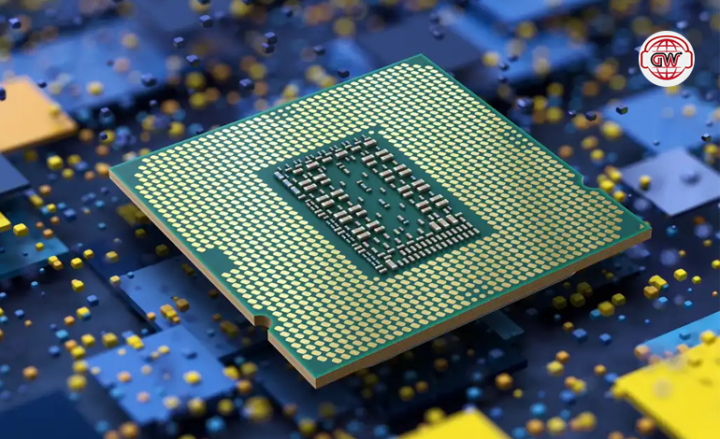What is Core in Computer?

What is CPU Core
A CPU core is the processor of a computer (opens in new tab). Previously, each processor had only one core that could focus on a single job at a time. CPUs now feature two to eighteen cores, each of which may do a specific task. As shown in our CPU Benchmarks Hierarchy, this can have a significant impact on performance. A core may perform one function while another performs another, so the more cores a CPU has, the more efficient it is (opens in new tab). Many processors have two cores, especially those found in laptop computers; however, some laptop CPUs (also known as mobile CPUs), such as Intel’s 8th Generation processors, have four. At least four cores are advised.
Most processors may split a core into virtual cores called threads by using a mechanism called simultaneous multithreading (opens in new tab) or, if it’s an Intel CPU, Hyper-threading (opens in new tab) (opens in new tab). AMD CPUs with four cores, for example, employ simultaneous multithreading to produce eight threads, whereas most Intel CPUs with two cores use Hyper-threading to provide four threads. Some apps benefit more from numerous threads than others. Lightly-threaded applications, such as games, do not benefit from a large number of cores, whereas most video editing and animation programs may operate substantially quicker with more threads.
Some of Intel’s CPUs are also branded with the word “Core” (ex: Intel Core i7-7500U processor). Of course, cores are used by Intel CPUs (and all CPUs) that do not bear the Core branding. And the numbers on an Intel Core (or other) processor are not directly related to the number of cores. The Intel Core i7-7500U processor, for example, does not have seven cores.




